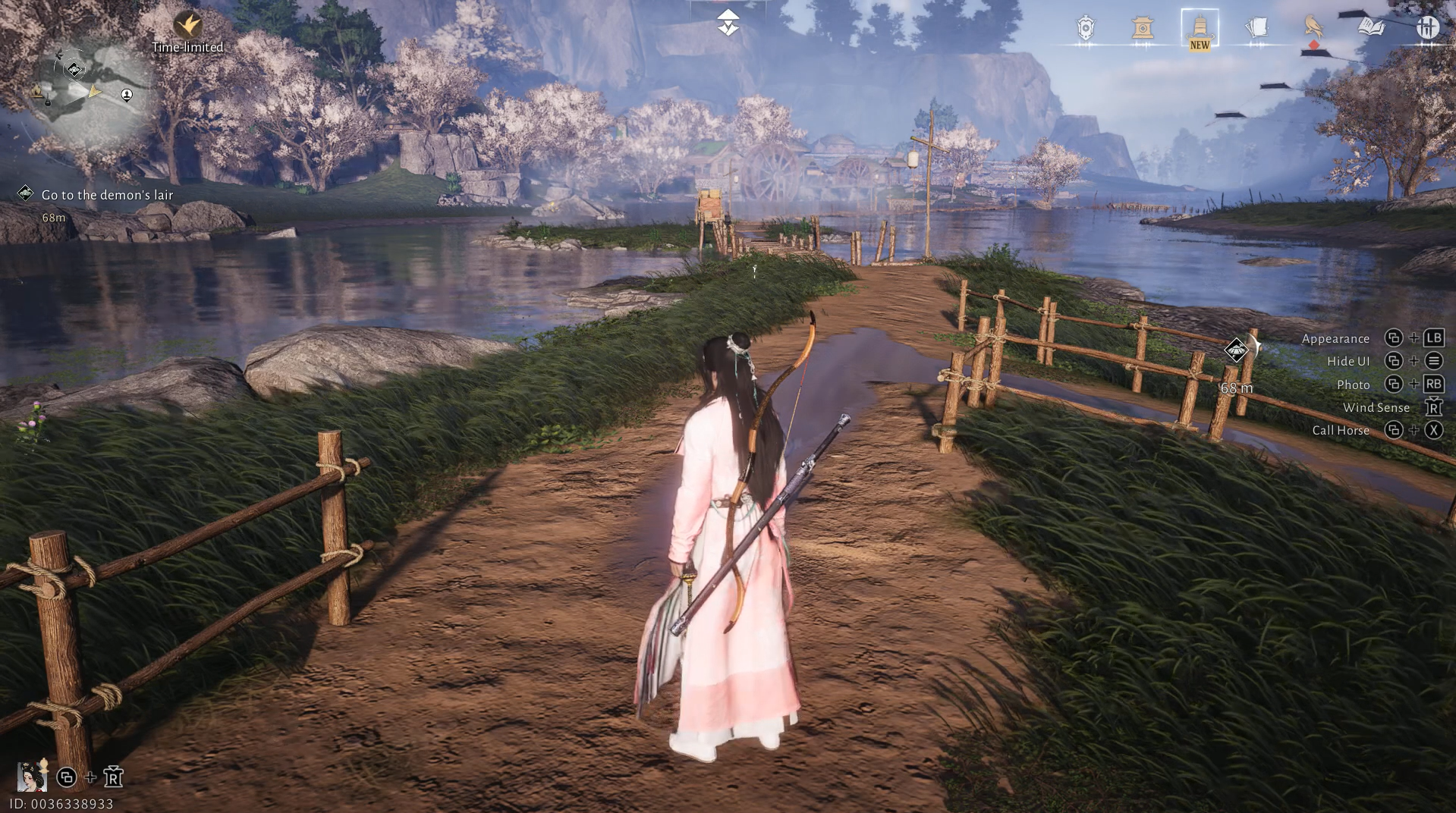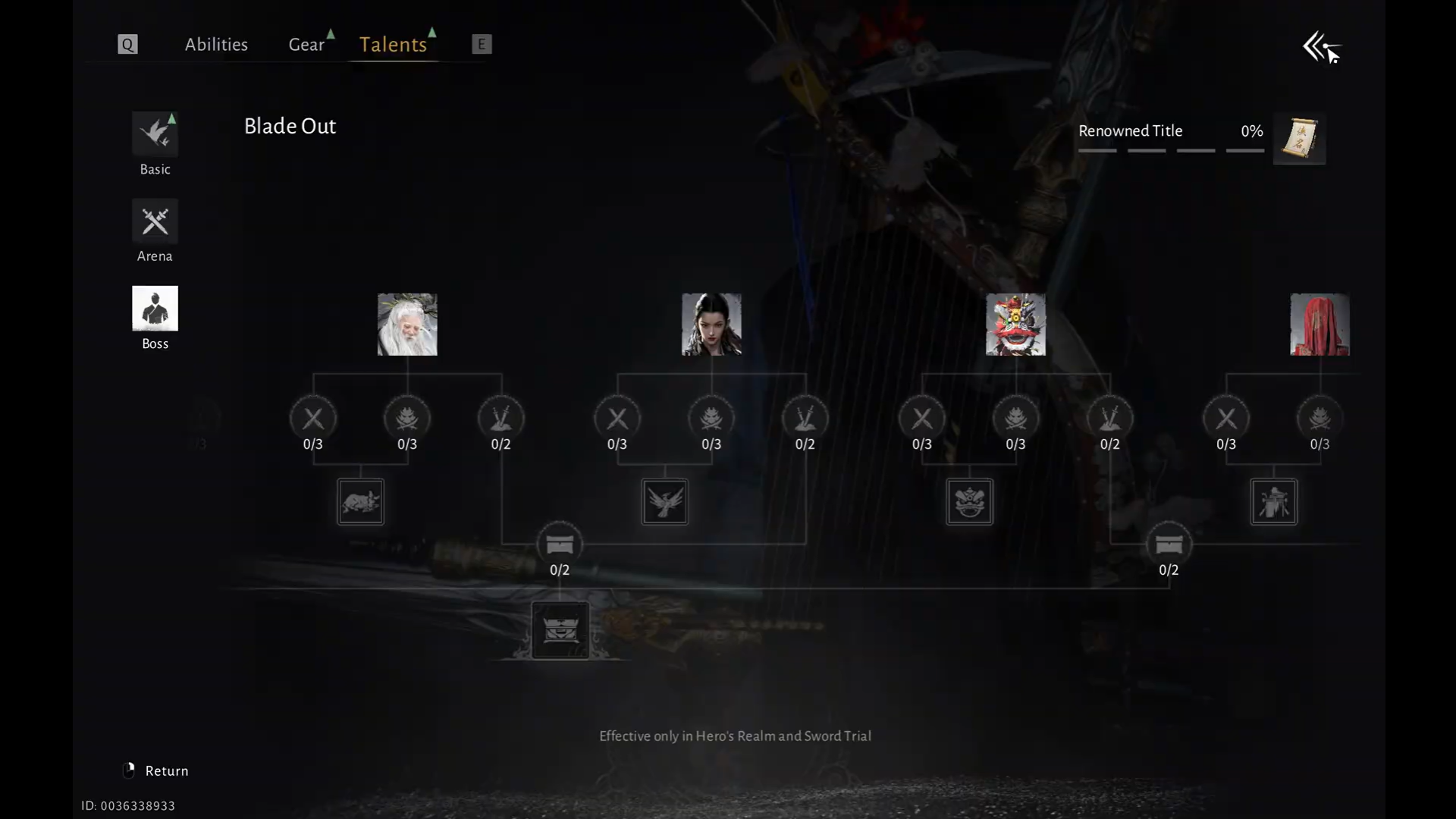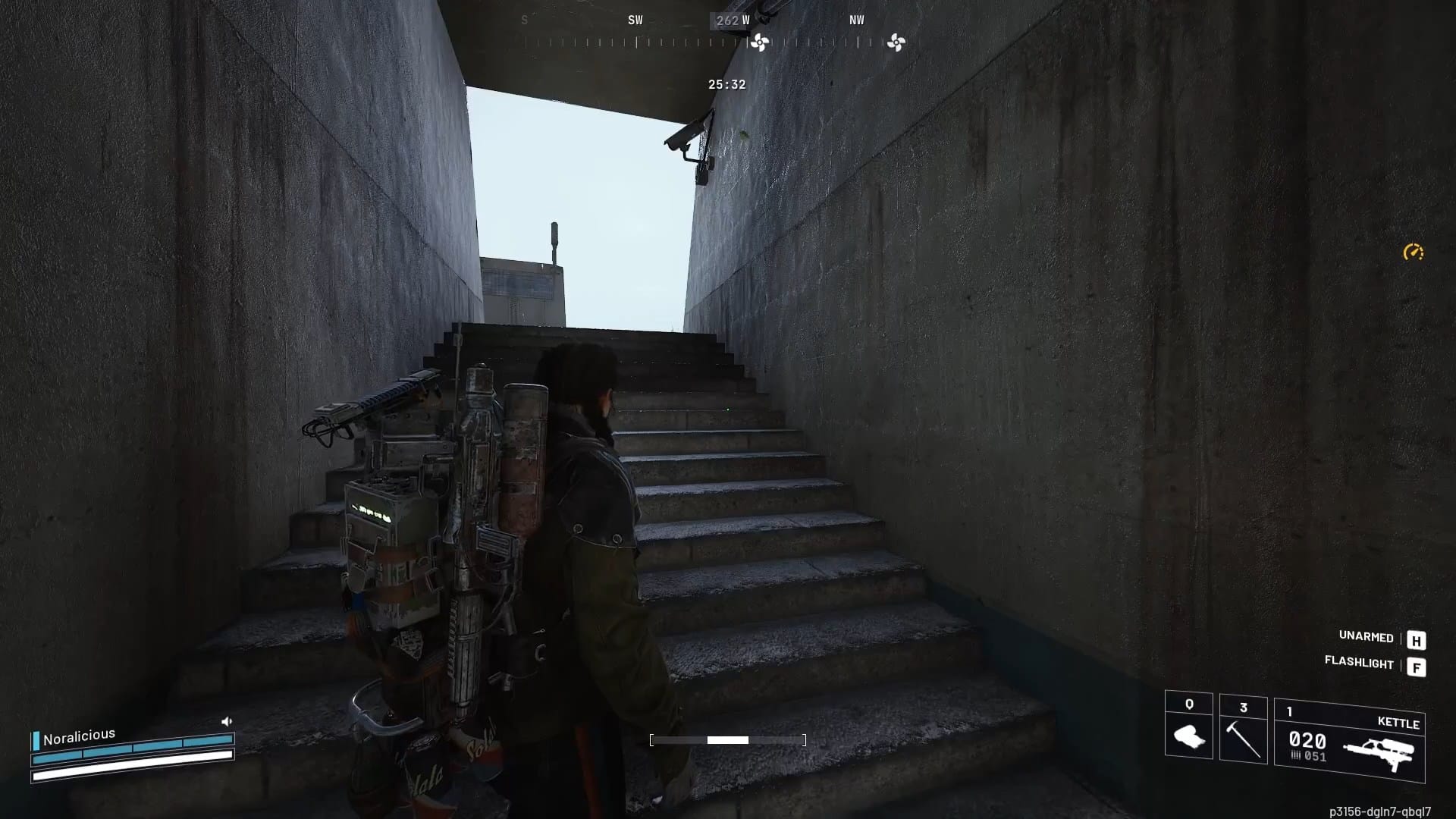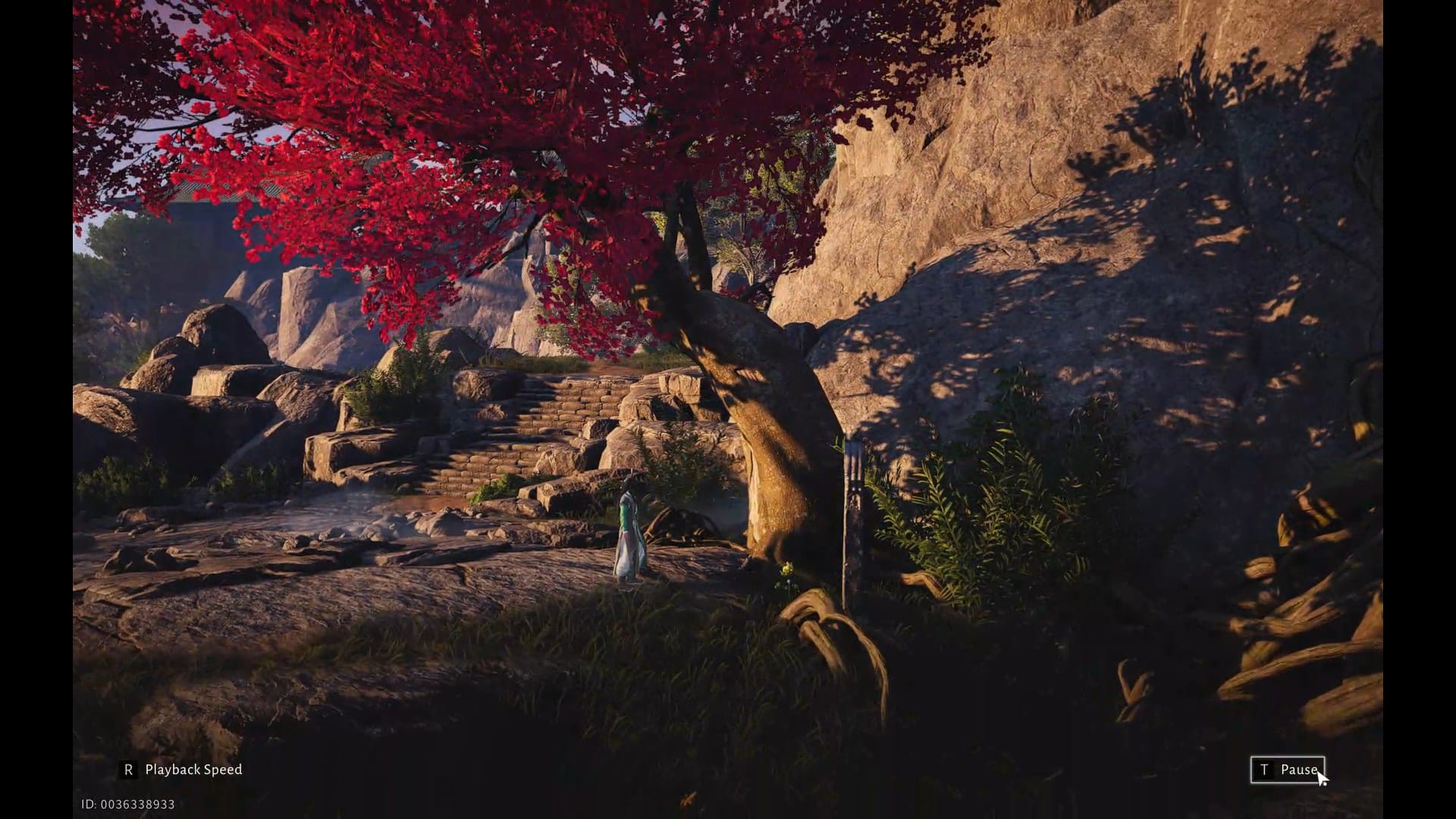You need a goldcard to bypass the CID check of RUUs (ROM Upgrade Utility which installs the official HTC Firmware), so that you can install firmwares (branded or non-branded) on your HTC android phone. I wanted to flash an Optus ROM on my Incredible S (Indian version), which is why I needed to create a goldcard and after I did it right, I thought it would be cool to make a w/ video guide which will help others too who may need it.
Simply put, a GoldCard enables flashing of RUU with bypassing the CID (Carrier ID) check. You can flash the unbranded RUUs on your branded phone and even vice versa.
THIS GUIDE LOOKS VERY LENGTHY BUT THE TIME IT TAKES IS NOT MORE THAN OTHER SHORT-IN-LENGTH GUIDES (or less time, because short guide may keep you wondering what went wrong while this one is very very detailed, and takes full care of what you may need when and how). SO, DON’T BE AFRAID OF IT’S LENGTH.
Some FAQs about the GoldCard:
- GoldCard is a normal sd card only but the latter becomes the former upon hacking — which is easy, as you will see — and do — in steps below.
- It can be any sd card of any size. It’s better to use 2GB, 4Gb or 8Gb sd card. I’ve tried and tested Scandisk’s both 2GB and 8Gb cards.
- Goldcard can be used like any other sd card for daily use.
- Formatting a goldcard doesn’t remove the goldcard element of sd card. At least, it didn’t happen on my goldcard sd card. And I’ve read the same on forums, too. That’s because formatting doesn’t play with sd card’s sectors that do the job of goldcard as you’ll see in the guide.
- You can use the SD Card that comes with your phone to convert it into a goldcard. But you may be required to format it once before hacking it. Once it becomes your goldcard, you can continue to use it like your normal sd card with or without formatting it.
- If you need to use the same goldcard for another device, that’s no problem — since goldcard is specific to the sd card used and doesn’t depend on the phone. Even if it doesn’t work as it is, format it and follow this whole guide again.
- Why people use a spare sd card for goldcard and keep their normal sd card separate is because one often needs to use goldcard for variety of purposes. It also helps in un-bricking the phone and more such stuff. So, a separate card which is used daily provides a good backup and also prevents it from getting corrupted from daily usage. Plus, if one needs to format the goldcard, backing up and restoring card’s data may consume lot of time if regular sd card is used. That’s why it’s good to have a spare sd card (even a small one – 2GB) for using as goldcard.
- Um, more will be added when need felt.
HOW TO CREATE A GOLDCARD FOR AN ANDROID PHONE:
- Things you’re gonna need:
- One sd card — it could be your phone’s original sd card that you use daily. Or, you can use an old one or buy a new one (of any size, but know that 2Gb would cost naturally less) to use it as goldcard. [Note: I’ve used and tested and read about microSD cards only, so whenever the term sd card is used, I mean microSD card only]
- Windows PC — since the software we’re gonna use to hack the sd card is based on windows.
- HxD Hex Editor – this is what will edit some parts (called sectors) of the sd card to turn it into a goldcard. Download it from here. Download the portable version of language of your choice. You’ll get a .zip file – extract it to get HxD.exe which you’ll need to run in Step 5.2 below. If you download the installable version, install it and run the program when asked in Step 5.2 below.
- Preparing the sd card that would be converted into goldcard:
- Put the sd card — that you want to turn into goldcard — in your phone. (One can use the the sd card that came with phone or replace it with a cheaper and permanent option).
- Connect your phone to Windows PC via USB cable. Mount the SD Card as disk drive so that the sd card shows up on PC in the “My Computer” window along with your other drives.
- Now, format your sd card. This will erase all the data on the sd card, so do a backup if you need to. To format, open the My Computer window, then right click on the sd card’s drive and select “Format…”. A window will pop up. Make sure the file system selected is FAT32 [that is, DO NOT SELECT NTFS file system].
- Click Format to start the formatting. Do ‘Quick Format’ only.
- So, it’s ready for tweaking now.
- Get the CID value in reverse:
- We’re gonna use this simple app, called GoldCard Helper, to get the reverse of sd card’s CID. Android Market download link for the app is given in step 3 but just don’t jump to that step — it’s intentional — don’t skip the all important step 2.
- You need a reverse of CID value and this app gives you that only — that is, do not reverse the value app gives you because it’s already in reverse. Reversing it would amount to re-reversing of the CID which is the CID value only. So, the moral of this step is, DO NOT reverse the value this app gives you. Suppose it gives you 4321, then use 4321 — do not reverse it back to 1234 which is your sd card’s CID value.
- Ok, download GoldCard Helper from the web Android Market or search for it on your phone’s market app — and install it.
- Open the app. You’ll see values, values and text and text and more text. But your area of concern right now is the top most region — “Reverse CID” value of the mmc2 card. I repeat (last time!), do not reverse this value.
- We need to use this value to create a goldcard. You can simply note it down carefully or still better, save the value on your email account — for this, press menu key and select share, select gmail/email then, and send it to your email ID or save as draft, your choice. Email option would allow you to copy paste it when required in step 5.1.
- Generating the goldcard image (this is interesting):
- Why you needed a reversed CID value is because it will help you creating a goldcard image for your sd card. So, visit this website (we’re not affiliated or related to it in anyway) — link here — and fill out the form putting in these details: Email ID, Email ID (again), SD Card Serial (the value if mmc2 card that you noted down / emailed in step 3.5 above), and of course, select Android in goldcard type. Verify you’re human — that is, not an emotion-filled droid/android — by filling in the captha correctly under “What code is in the image?” thing. Then, hit “generate Goldcard !”
- Your GoldCard image will be emailed to you. (BTW, donate this website if you want and thus extending support for this great free utility.)
- Once you receive the email, download the goldcard.img file attached therewith.
- Creating a Goldcard:
- Connect the phone to PC and mount the sd card — it should show as a disk in my computer.
- Open the HxD hex editor (the software you downloaded in Step 1.3 above). If you’re on Windows Vista/7, open it with administrator privileges, that is, right click and select “Run as administrator”. The portable version may ask for some right or sth when you open it the first time, just hit ‘Ok’.
- Go to ‘Extras’, and select ‘Open disk’.
- You’ll get a list popping out mentioning the available disks divided into two sections — Logical disks and Physical disks. Simply ignore the ‘Logical disks’ and select the disk representing your sd card from the physical disks, which will give you a pop-up screen. Important thing — Un-tick the “Open as Readonly” checkbox in the bottom of this pop-up screen and then hit the OK button. This will open a nerdy screen with alphabets and numbers everywhere, but don’t bother, go to next step 5.5.
- Go to ‘Extras’ menu again and this time select “Open disk image”. Select the goldcard.img file you downloaded in step 4.3 above. A little pop-up screen will appear asking to specify the sector size – select (or keep selected) the 512 size.
- Now, you’ve got 2 tabs in the HxD software — one from step 4 (sd card) and another from step 5 (goldcard.img).
- Click on the goldcard.img tab and go to ‘Edit’ and select ‘Select All’.
- Go to ‘Edit’ again and select ‘Copy’.
- Now, click on the other tab that represents your sd card. Notice that, the left most column here is serially numbered beginning from 0000000000 — it’s Offset (h).
- Important! Select the Offset (h) line 0000000000 to 0000000170 by dragging the left mouse button starting from beginning of the line 0000000000 to the end of line 0000000170. Upon selection, selected lines will get highlighted. The screenshot at the very top shows just that — your window should look like that with line from …000 to …170 selected (i.e. highlighted).
- Click the ‘Edit’ button and select ‘Paste Write’. This will write the content of goldcard.img you copied in step 5.8 above to sd card — this is hacking the sd card.
- Go to ‘File’ menu and select ‘Save’. Accept the warning. Your sd card is now goldcard.
- That’s it.
- (Optional) If you found this guide useful, do share it on on webpages, forums, your twitter/Facebook pages, etc. so that others also benefit and that would be helping us grow, too.
BTW, I think it’s the most detailed guide you ever saw about the goldcard creation. But the next time you do this, you may think there is no need for such a very-extra-detailed guide. But believe me, there are always very-extra n00b people who indeed need such a step-by-step guide. Hope you liked it! Share your thoughts with us in the comments below.












Discussion